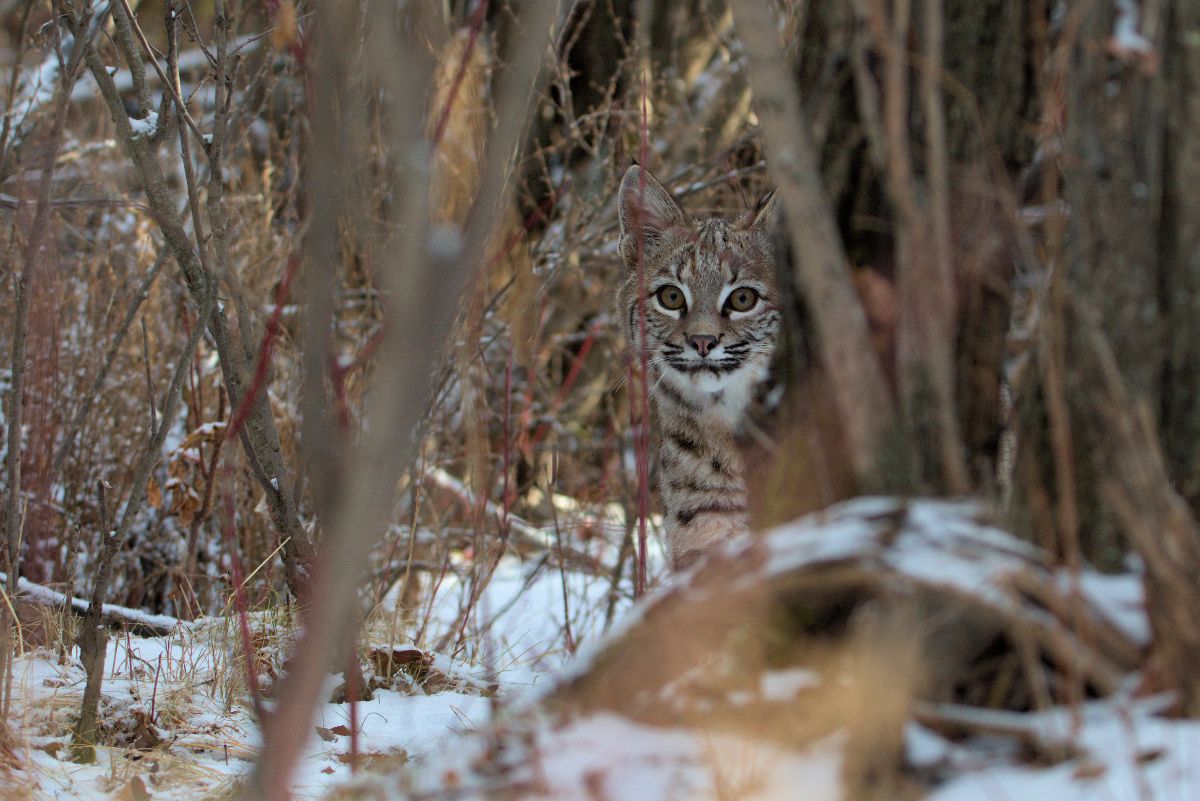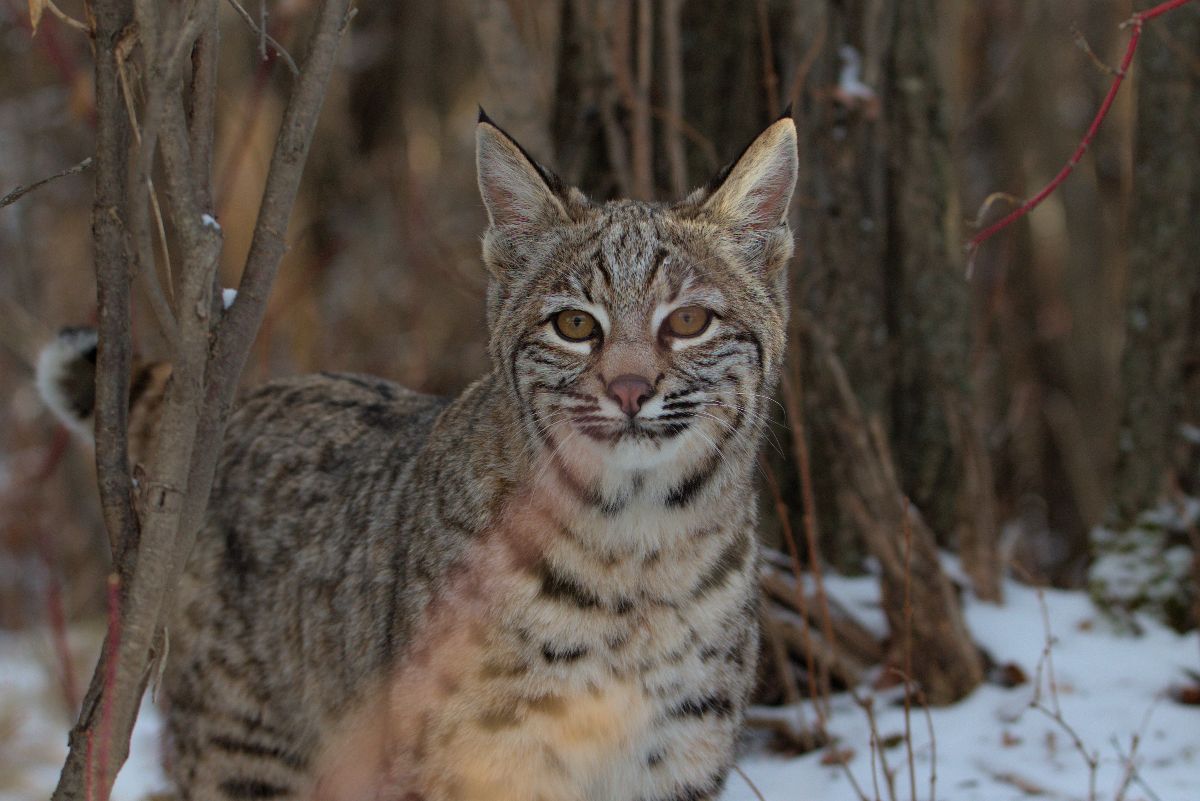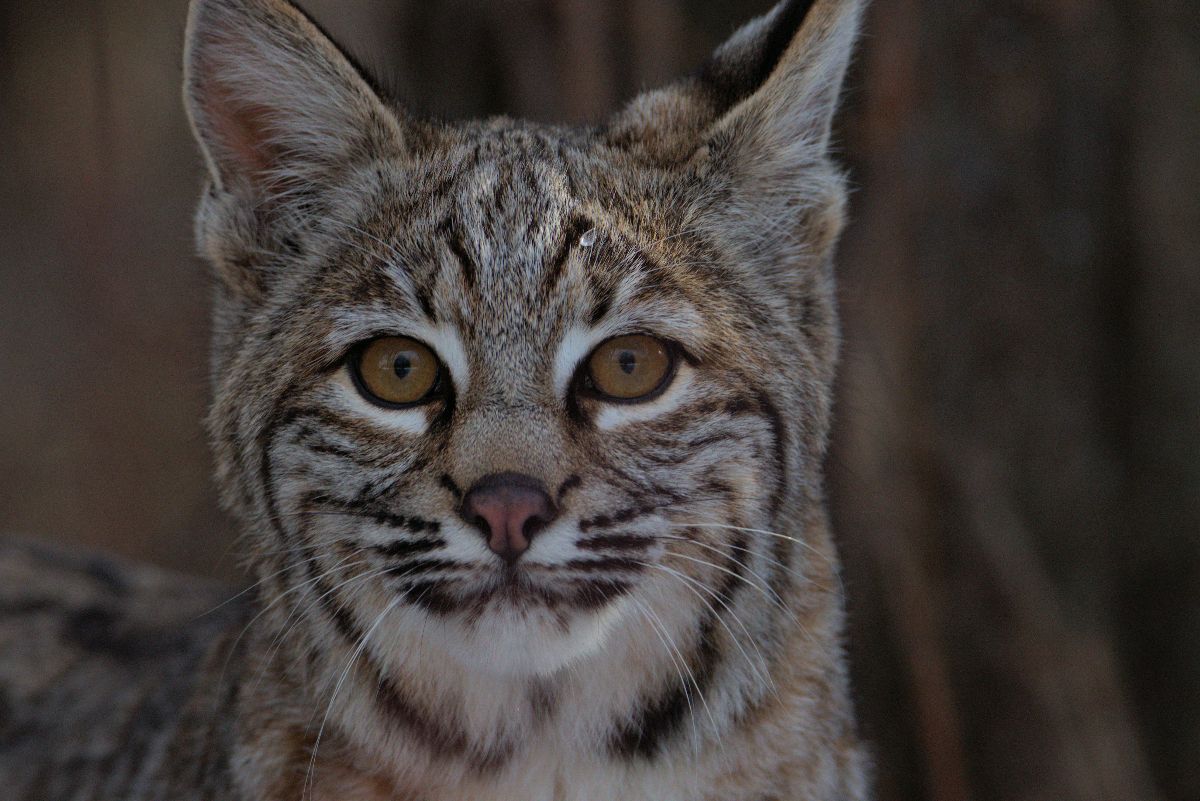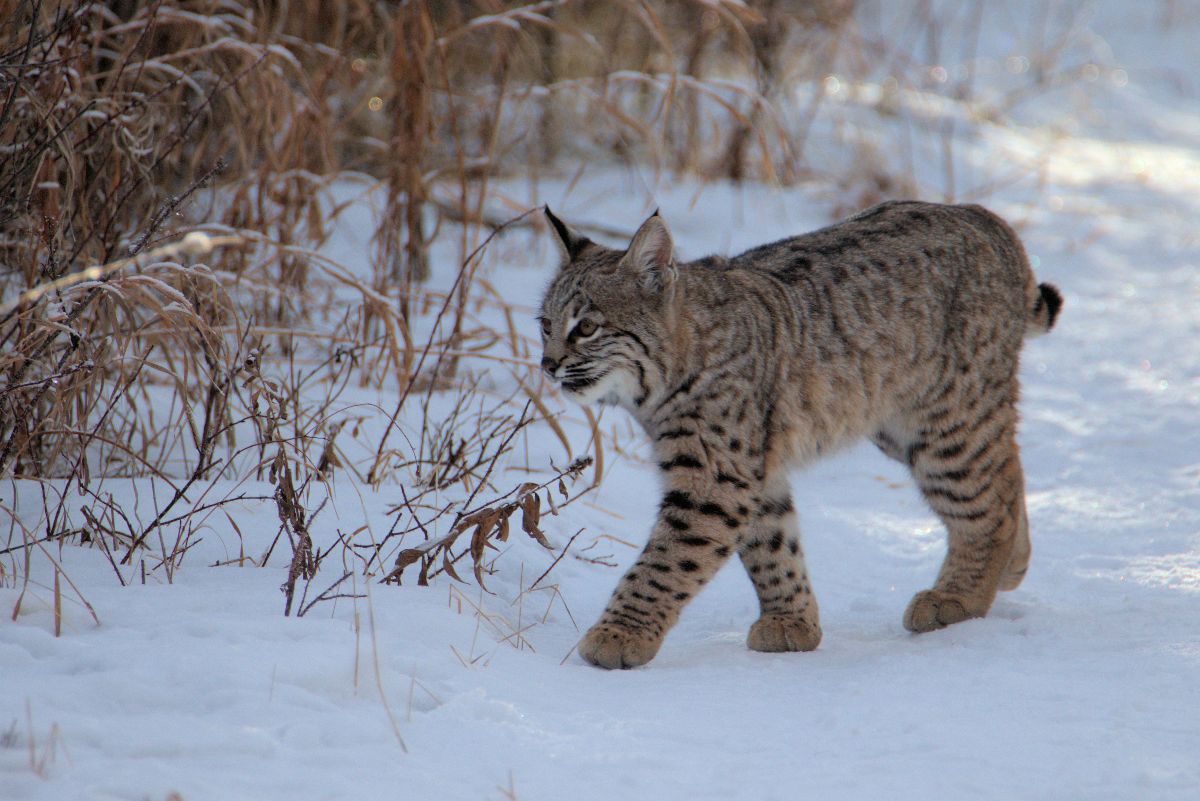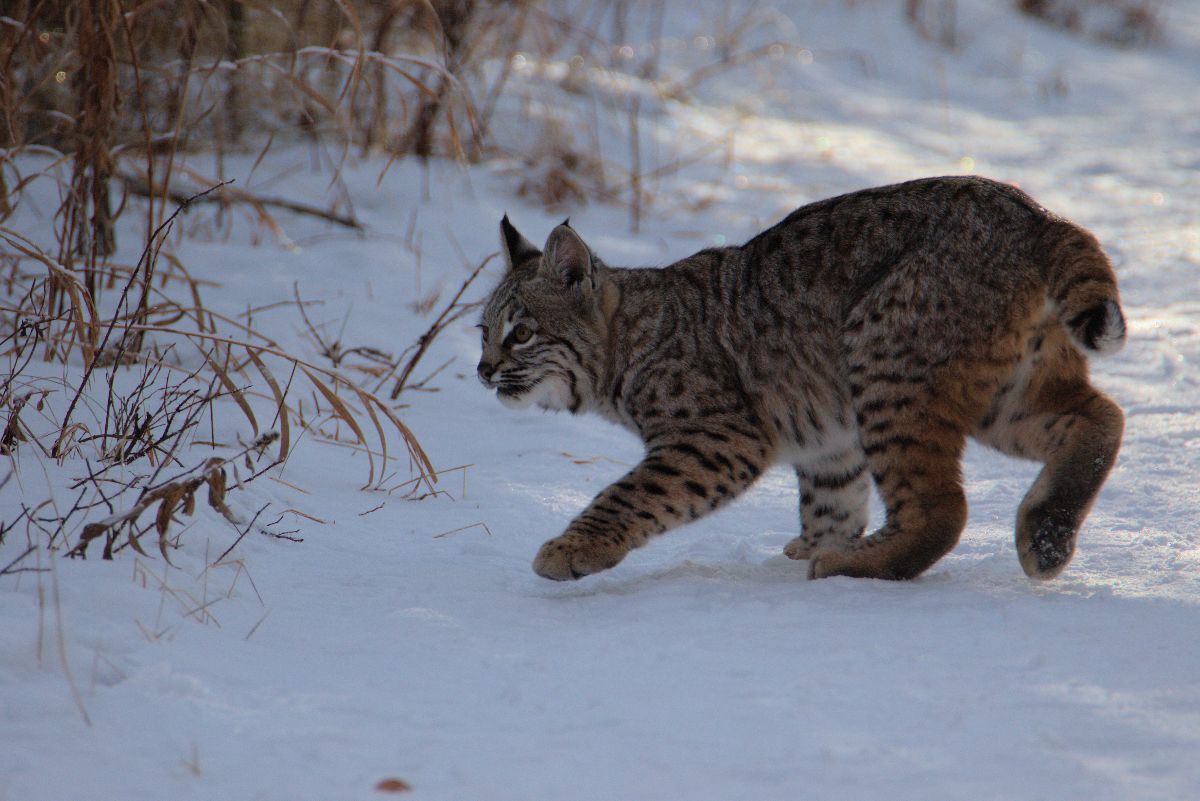Posted by Bob Lefebvre
The highlight of the January Birds & Beers meeting was the presentation of the prizes for the eBird Calgary 2015 Birding Competition. Almost all of the winners were able to make it, and it was a lot of fun to reward the winners for their accomplishments. (All photos by Wayne Walker except where indicated.)

Some of the birders at the January Birds & Beers. Fifty-three people attended.

Dan Arndt and I presented the prizes. Preliminary remarks.

Ruth and Phil Ullman – 1st place, Yard Challenge, with 88 species.

Lorrie and John Anderson – 2nd place, Yard Challenge, 61 species.

Aidan Vidal – 1st place, Youth category, with 241 species, and 3rd place in Latecomer Challenge, with 46 species after August 1st, 2015.

Ethan Denton, 2nd place, Youth category, 235 species, and 2nd place in the Latecomer Challenge, 49 species.

Simone Pellerin-Wood, 3rd place, Youth Category, 175 species.

Graeme Mudd, tied 1st place, Beginner category, 225 species.

Brian Elder, 1st place, Experienced category, 275 species.

Blake Weis (left) and Ray Woods (right), tied 2nd place, Experienced category, 257 species.

Brian Elder also won the Big Day Challenge, with 153 species recorded on May 27, 2015.

We also recognized Blake Weis’s incredible achievement of 638 complete eBird checklists submitted in 2015.

George Best won for Bird of the Year. He found the Golden-winged Warbler in Griffith Woods Park.

Bob, Dan, and the prize winners. Missing were Aphtin Perratt and Chris MacIntosh, who tied with Graeme Mudd for 1st in the Beginner category with 225 species, and Bernard Tremblay, who won the Latecomer Challenge with 52 species added after August 1st.
It was a lot of fun to get together and reward the winners, and to hear them talk about their birding year. Many of the competitors have told us that they really enjoyed the experience and learned a lot, whether discovering new birding locations, where to find particular species, patterns of bird movements, or using eBird as a tool and a resource. I hope we have helped some of the competitors to become better birders and to get involved in the local birding community. The use of eBird increased greatly in our region in 2015 and we hope to see this continue.
Many thanks to our sponsors who donated prizes or money for prizes: Nature Calgary, The Wild Bird Store, Friends of Fish Creek Provincial Park, Burrcan Holdings, Phil Evans, Lynne Colborne, Richard Schulze, Lynn Wilsack, Susan Thierman, Phil Cram, and an anonymous donor.
Each winner received a framed photo certificate listing their accomplishment (each with a different photo). Here is a sample (photo by Bob Lefebvre):

Each 1st-place winner in the Year List categories received a 24″ by 36″ canvas print of a bird photograph of their choice. The winner’s selections were not yet ready for the prize presentation. Four will be awarded: Youth winner Aidan Vidal, Experienced winner Brian Elder, and two for the three people tied as winners of the Beginner category – a shared one for Aphtin Perratt and Chris MacIntosh (a birding couple) and one for Graeme Mudd.
Other prizes awarded included 2016 Bird Photo calendars by Dan Arndt, copies of the book Looking For the Wild by Lyn Hancock (personally signed by Gus Yaki), vouchers good for one season of the Friends of Fish Creek birding course, and gift certificates of various amounts to be used at the Wild Bird Store or Robinson’s Camera.
Here is a list of the winners and their prizes:
| Category | Winner | Species | Prize 1 | Prize 2 | Prize 3 |
|---|---|---|---|---|---|
| Latecomer -1 | Bernard Tremblay | 52 | $50 Robinson's | Calendar | |
| Latecomer -2 | Ethan Denton | 49 | $25 Wild Bird Store | ||
| Latecomer -3 | Aidan Vidal | 46 | $25 Wild Bird Store | ||
| Yard -1 | Ruth & Phil Ullmann | 88 | Bird Feeder | $75 Wild Bird Store | Calendar |
| Yard -2 | Lorrie & John Anderson | 61 | $75 Wild Bird Store | Calendar | |
| Youth -1 | Aidan Vidal | 241 | Canvas Print | Book | |
| Youth -2 | Ethan Denton | 235 | $75 Wild Bird Store | Book | |
| Youth -3 | Simone Pellerin-Wood | 175 | $75 Wild Bird Store | Book | |
| Beginner -1 | Aphtin Perratt & Chris MacIntosh | 225 | Canvas Print | Book | FFCPP Course (X2) |
| Beginner -1 | Graeme Mudd | 225 | Canvas Print | Book | FFCPP Course |
| Experienced -1 | Brian Elder | 275 | Canvas Print | $50 Robinson's | |
| Experienced -2 | Blake Weis | 257 | $75 Wild Bird Store | ||
| Experienced -2 | Ray Woods | 257 | $75 Wild Bird Store | ||
| Big Day | Brian Elder | 153 | $50 Robinson's | ||
| Most Lists | Blake Weis | 638 lists | $50 Wild Bird Store | ||
| Bird of the Year | George Best | Golden-winged Warbler | $100 Robinson's | Book |
At the end of the prize presentation, we all shared a cake supplied by Joan and Wayne Walker!

Many thanks to everyone who worked so hard to make the competition a success: Committee members Dan Arndt, Joan Walker, Wayne Walker, Rose Painter, Andrew Slater, Rob Worona, Kris Fernet, David Pugh; plus Andrew Hart, Linda Vaxvick and Sue Konopnicki at Nature Calgary. We also received a lot of feedback on our initial ideas from Yousif Attia, Marcel Gahbauer, and Ilya Povalyaev. Special thanks to Wayne Walker for booking the Horton Road Legion for the prize presentation and for taking the photographs. Joan, Wayne, Rose and Dan made sure we had everything ready for the presentation and arrived early to set it all up.
Thanks again to everyone who participated, who went out on field trips, and who attended Birds & Beers and Nature Calgary events. It made for a memorable birding year!
A final presentation about the competition will be given at the April meeting of Nature Calgary’s Bird Studies Group on Wednesday April 6th, at the U of C.
The next Birds & Beers event is next Friday, February 26, at the Horton Road Legion, 9202 Horton Road SW, starting at 6 pm. Come and join your fellow birders for food, drinks, and conversation!







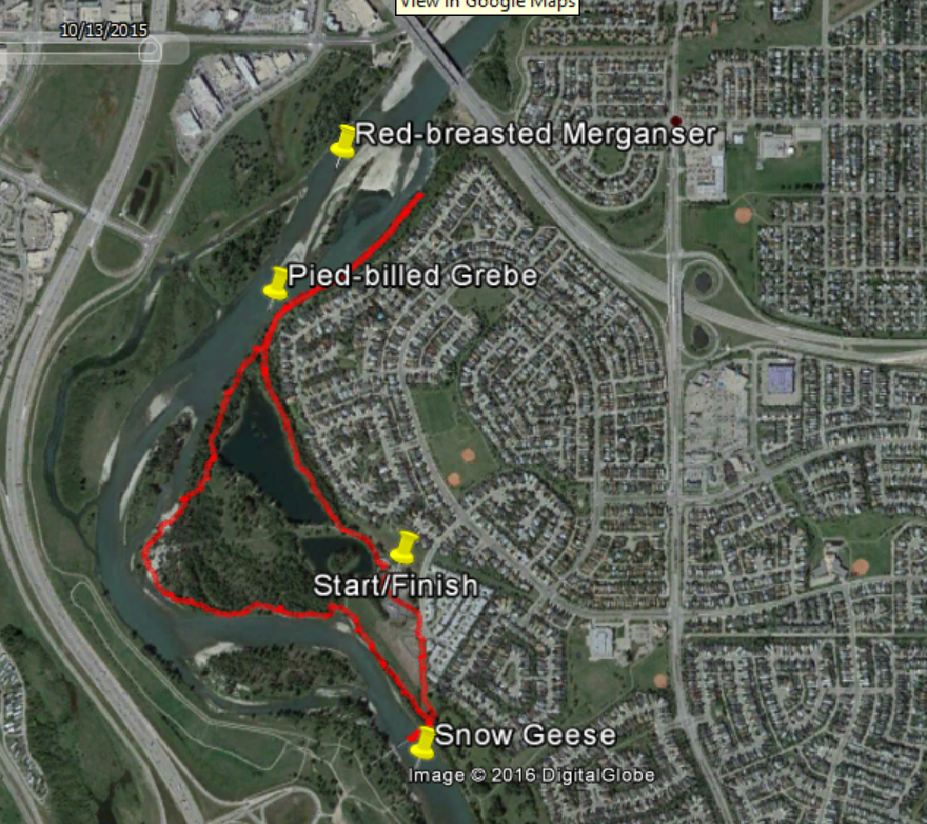
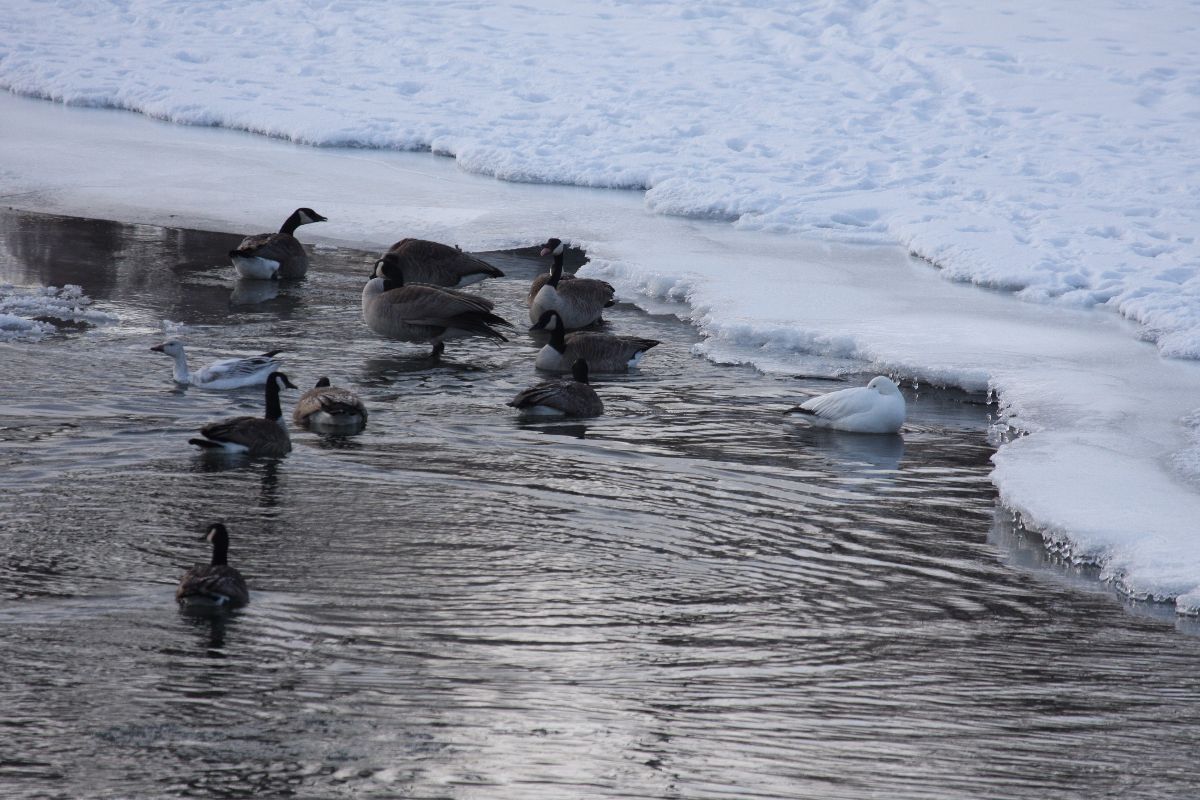
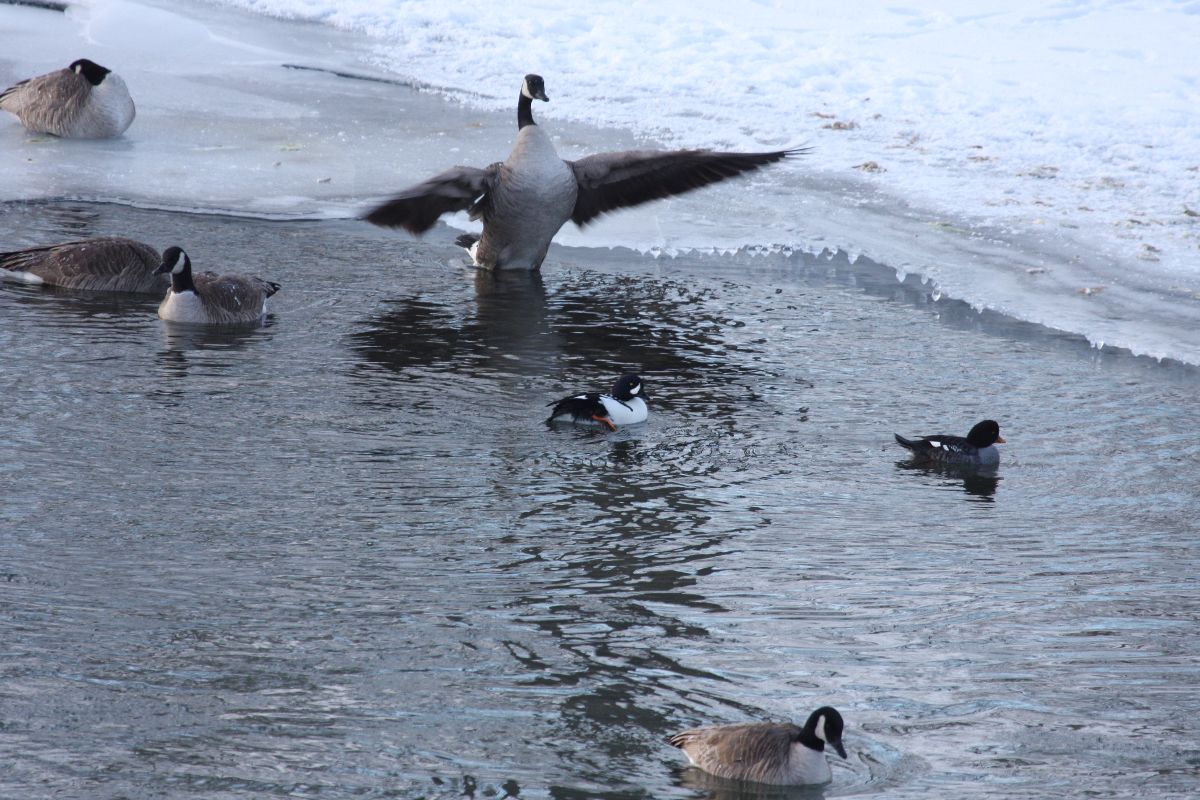
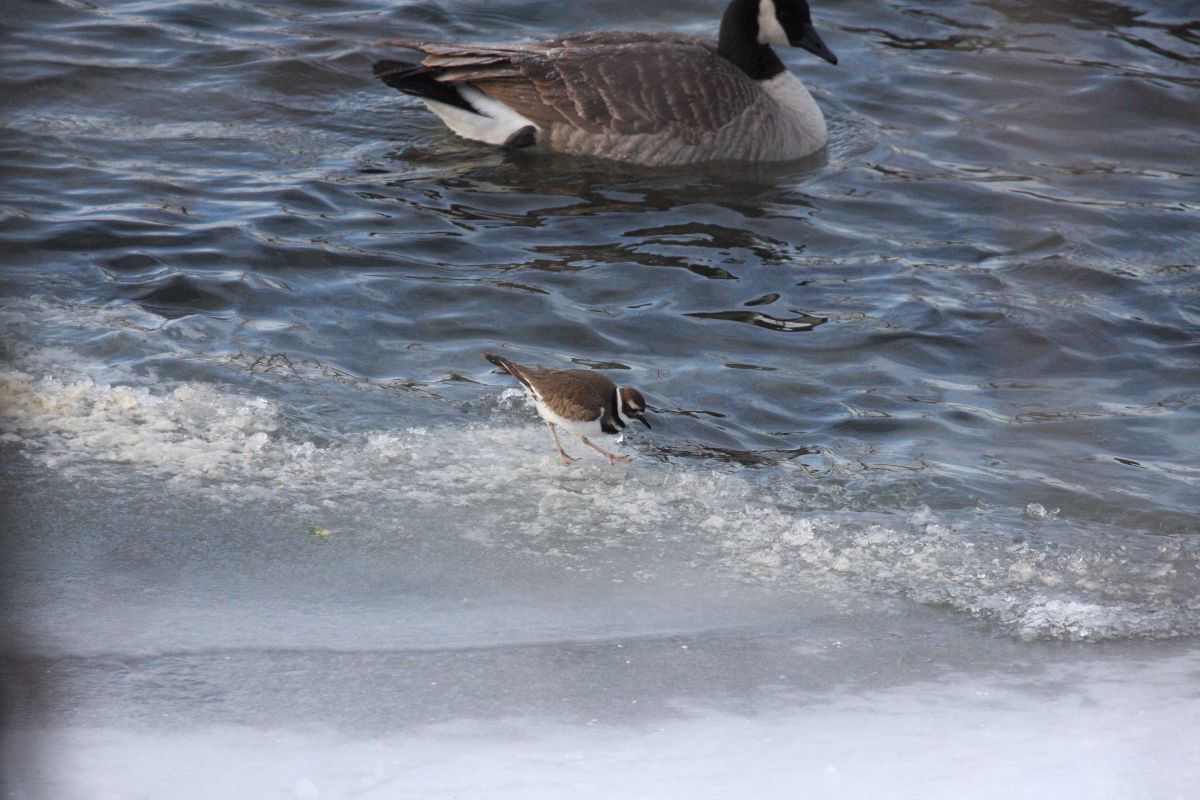
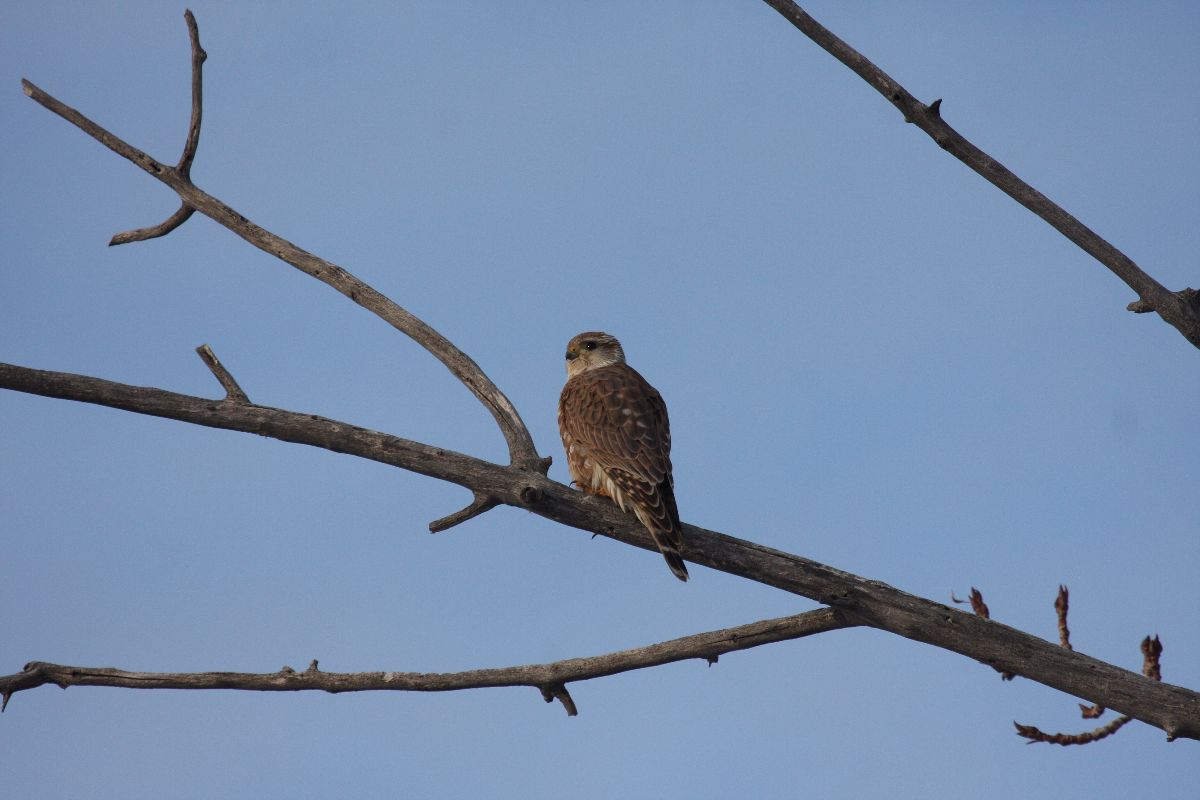
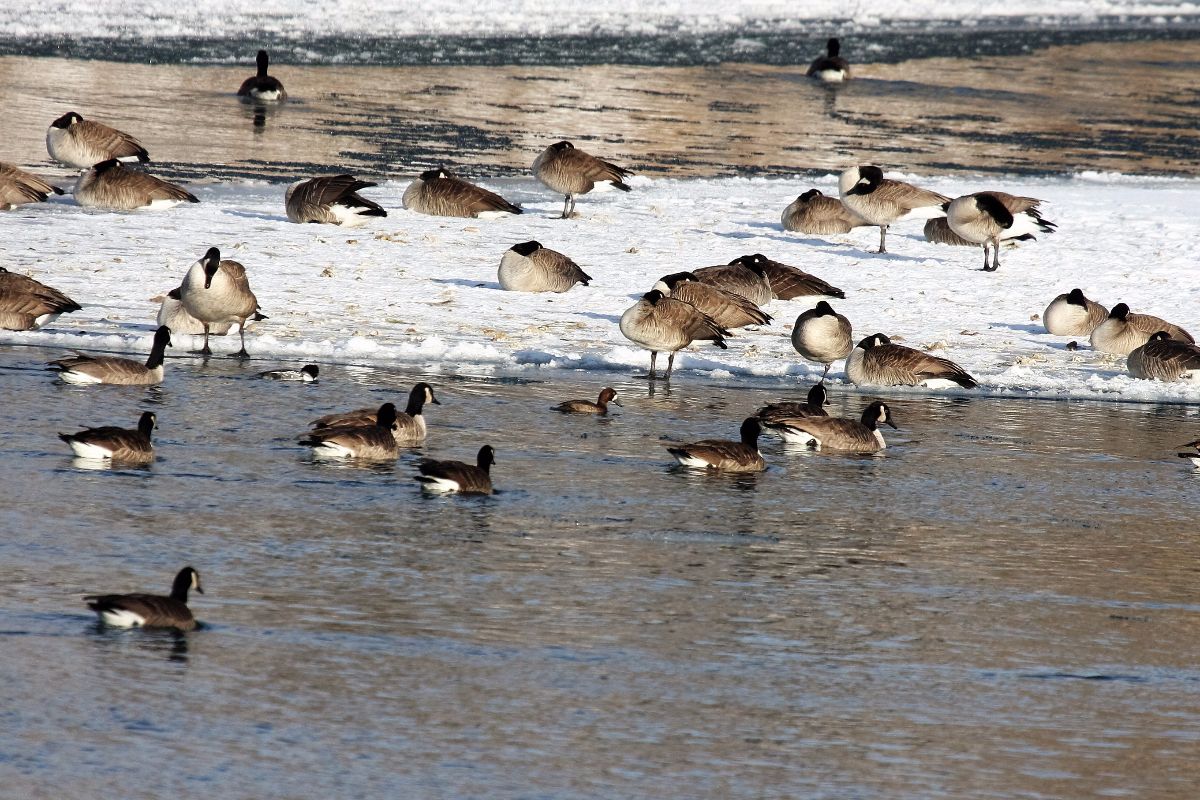
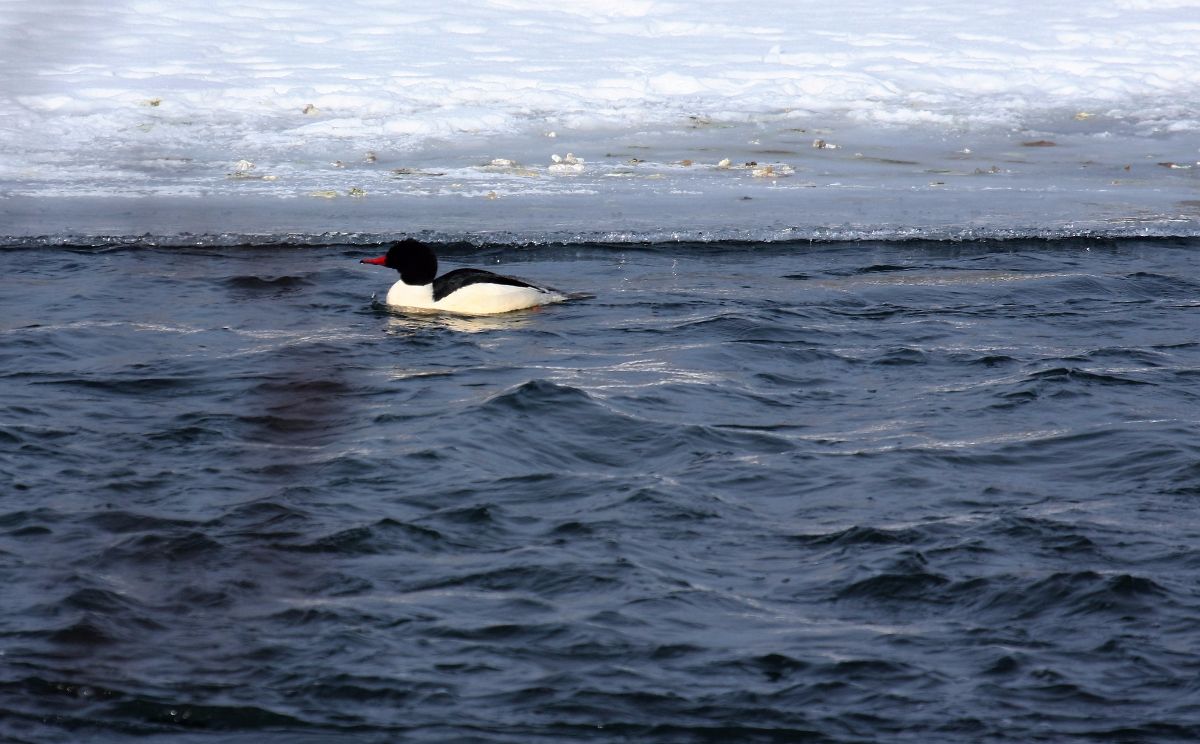
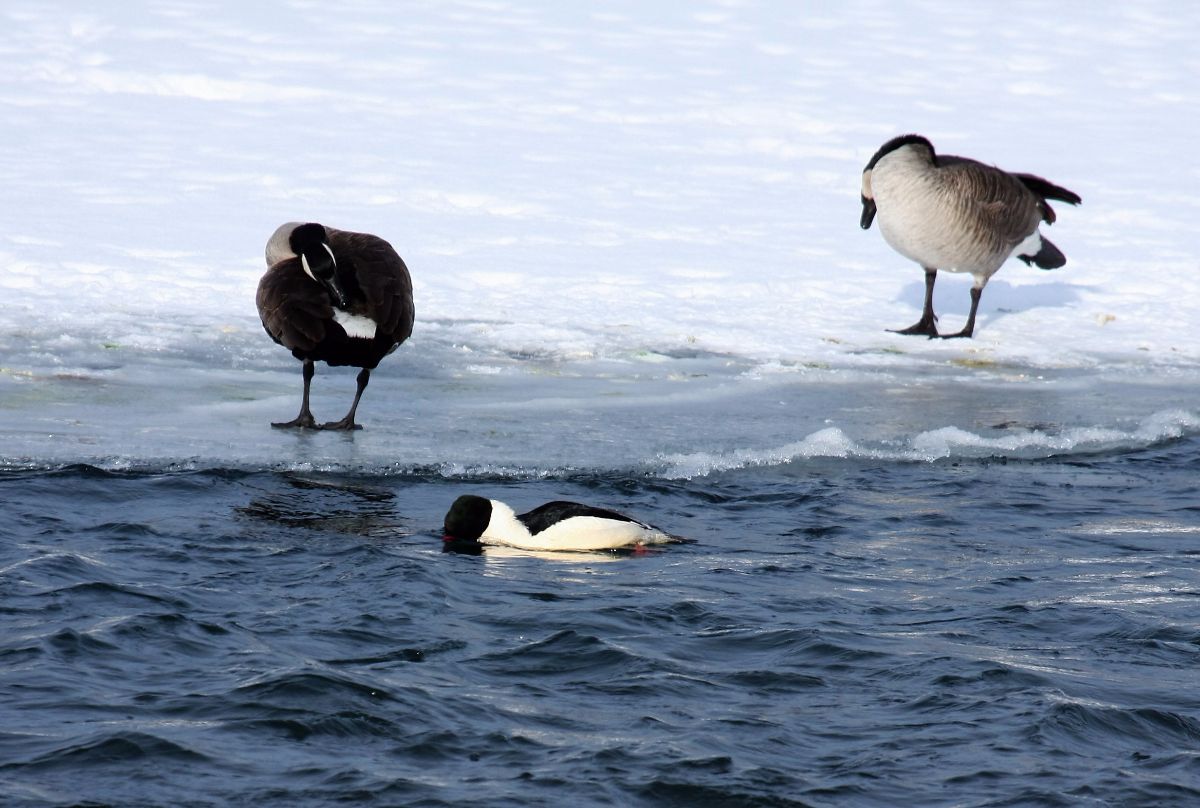
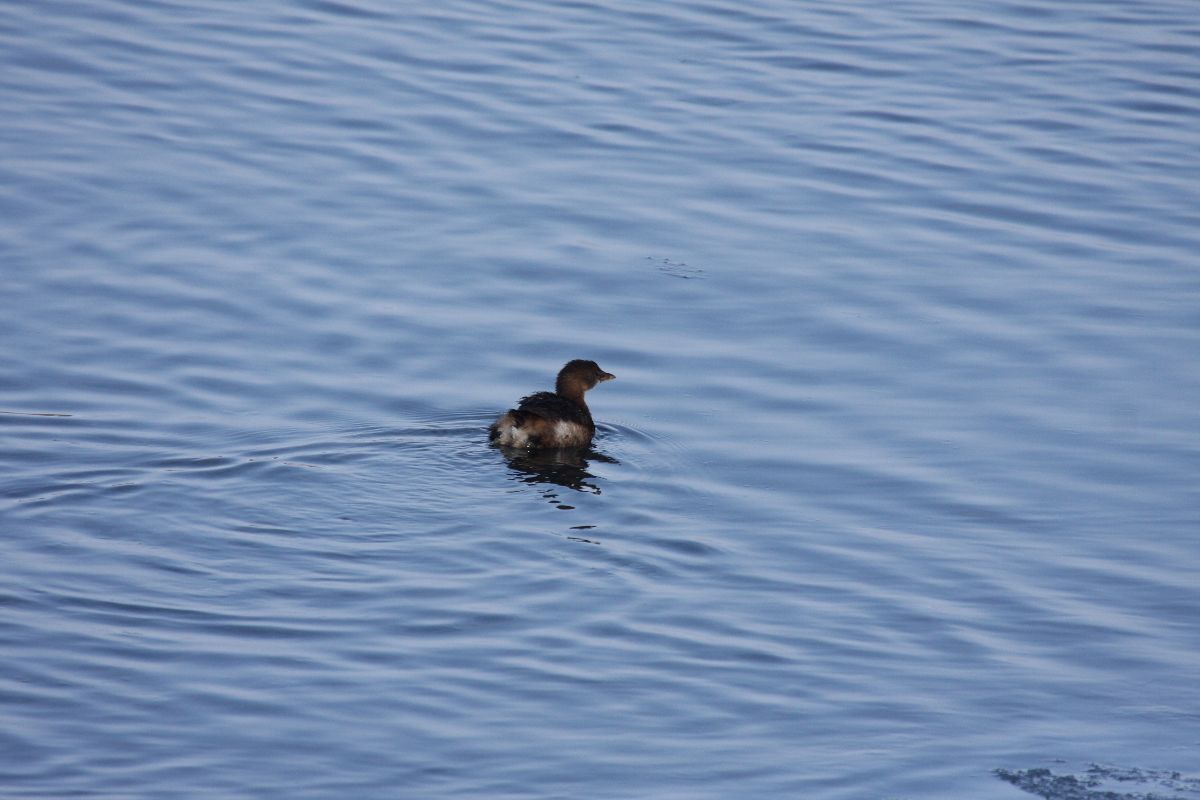
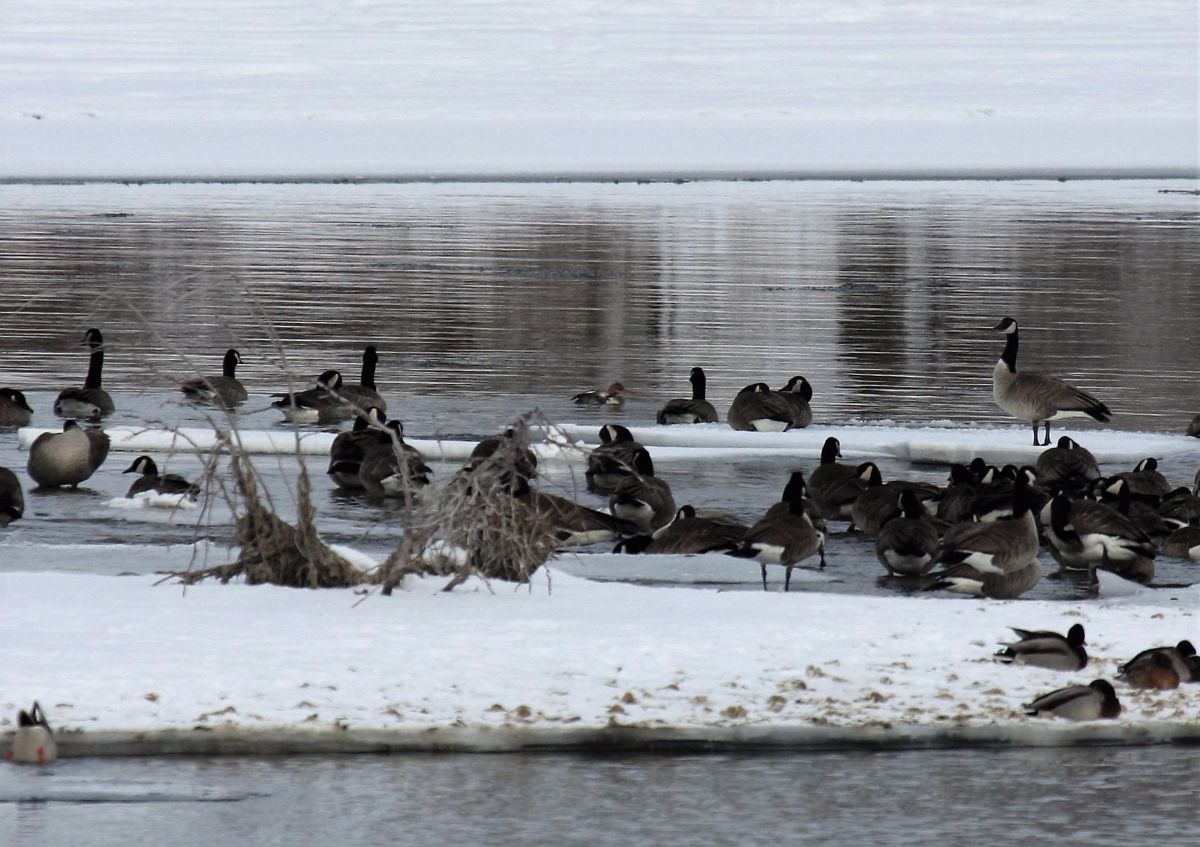
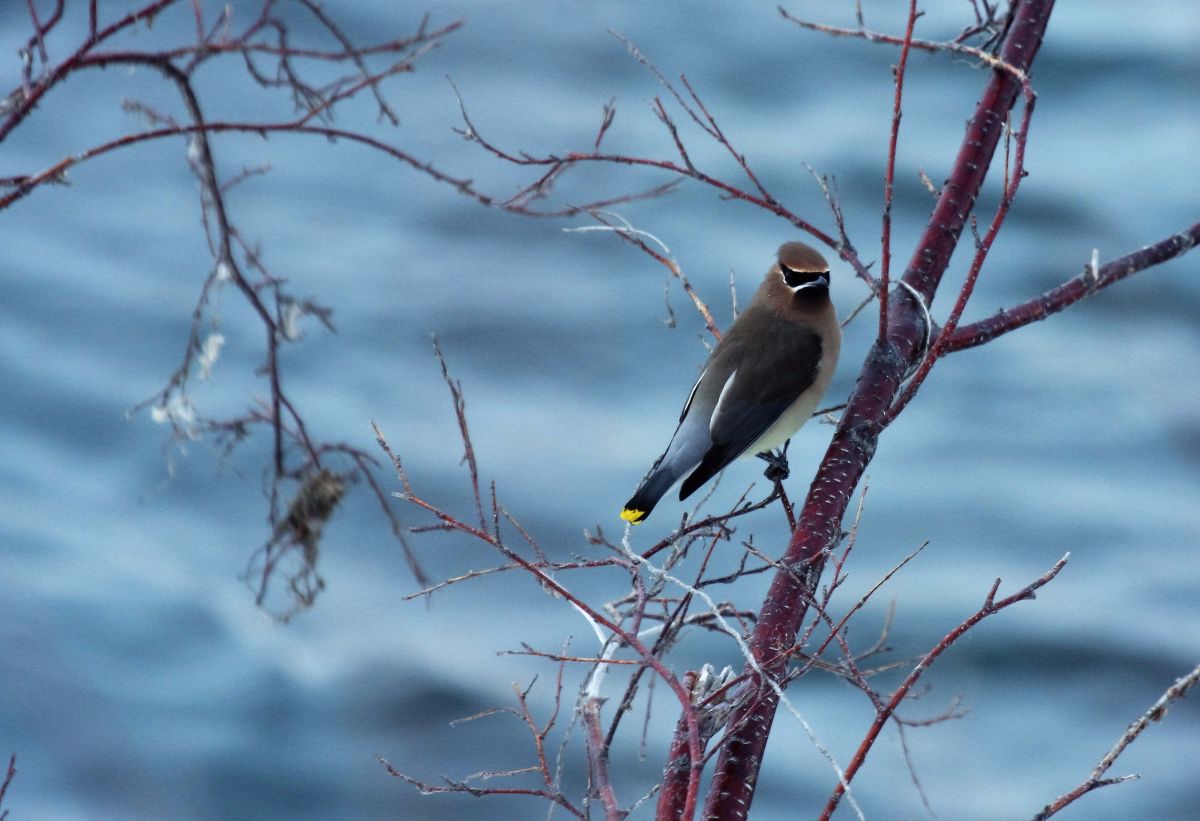

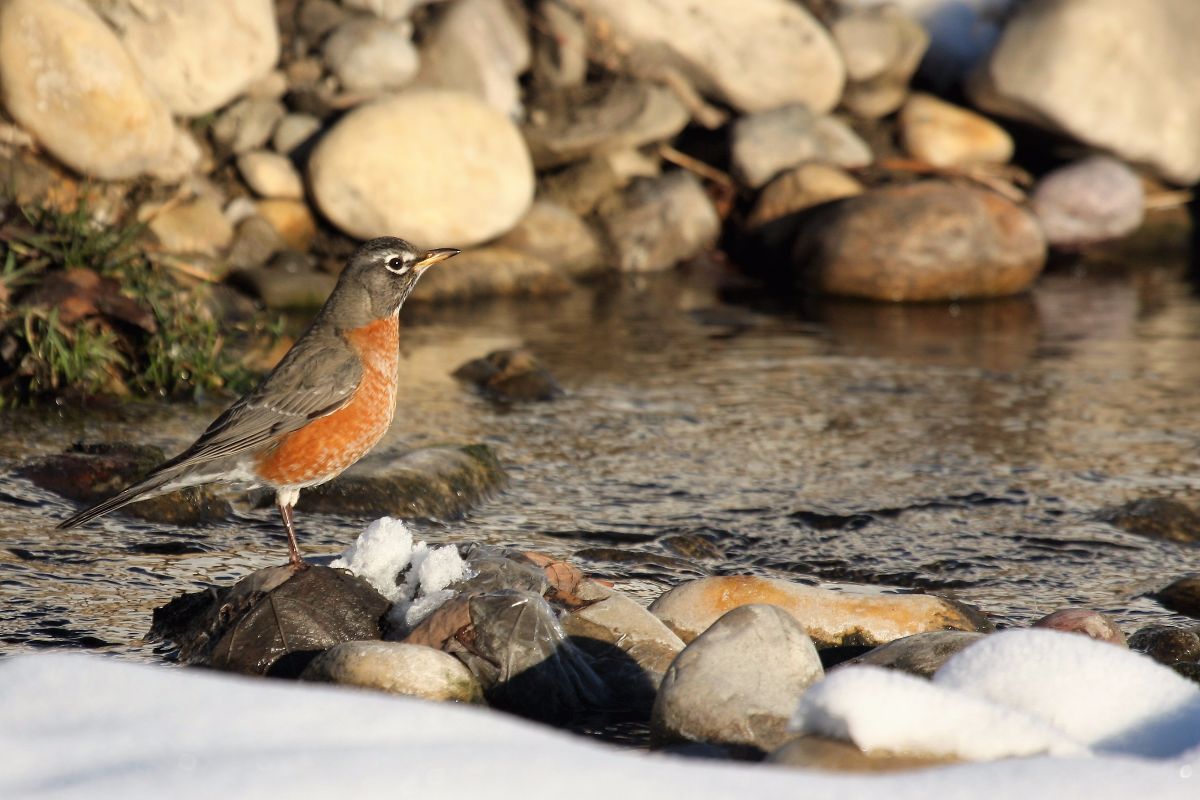
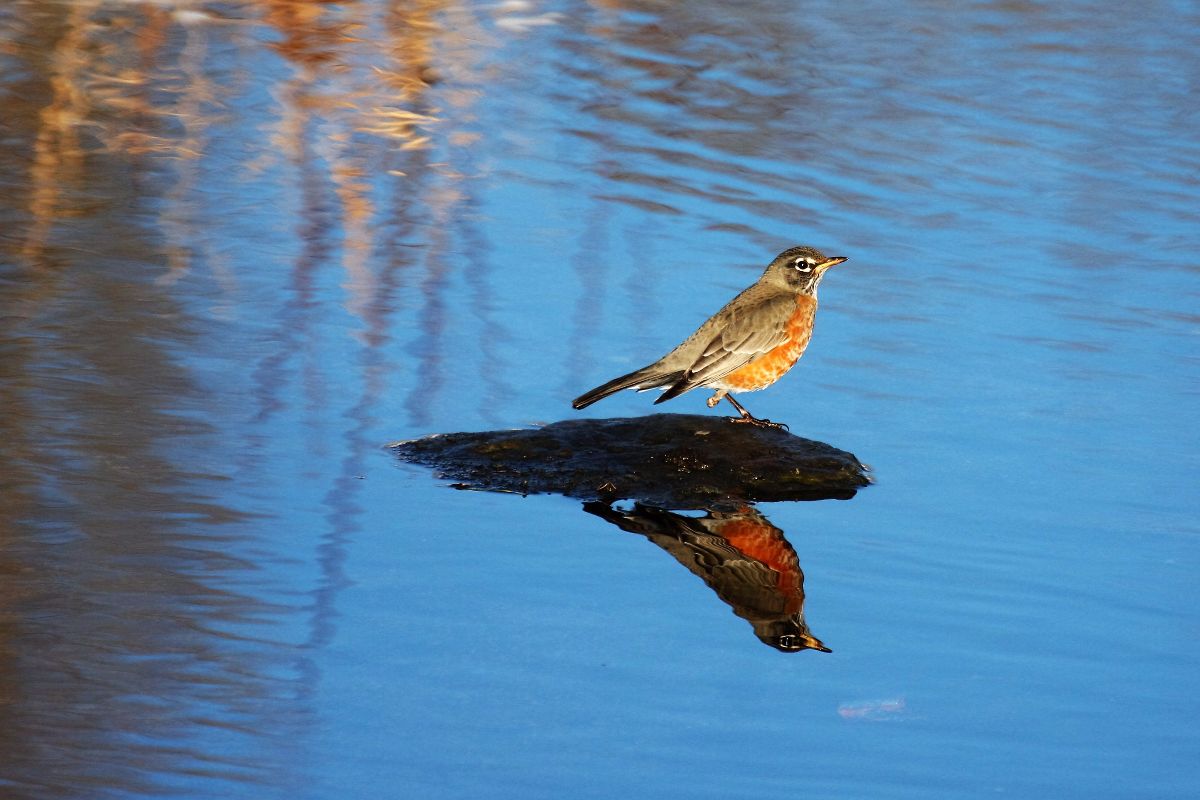
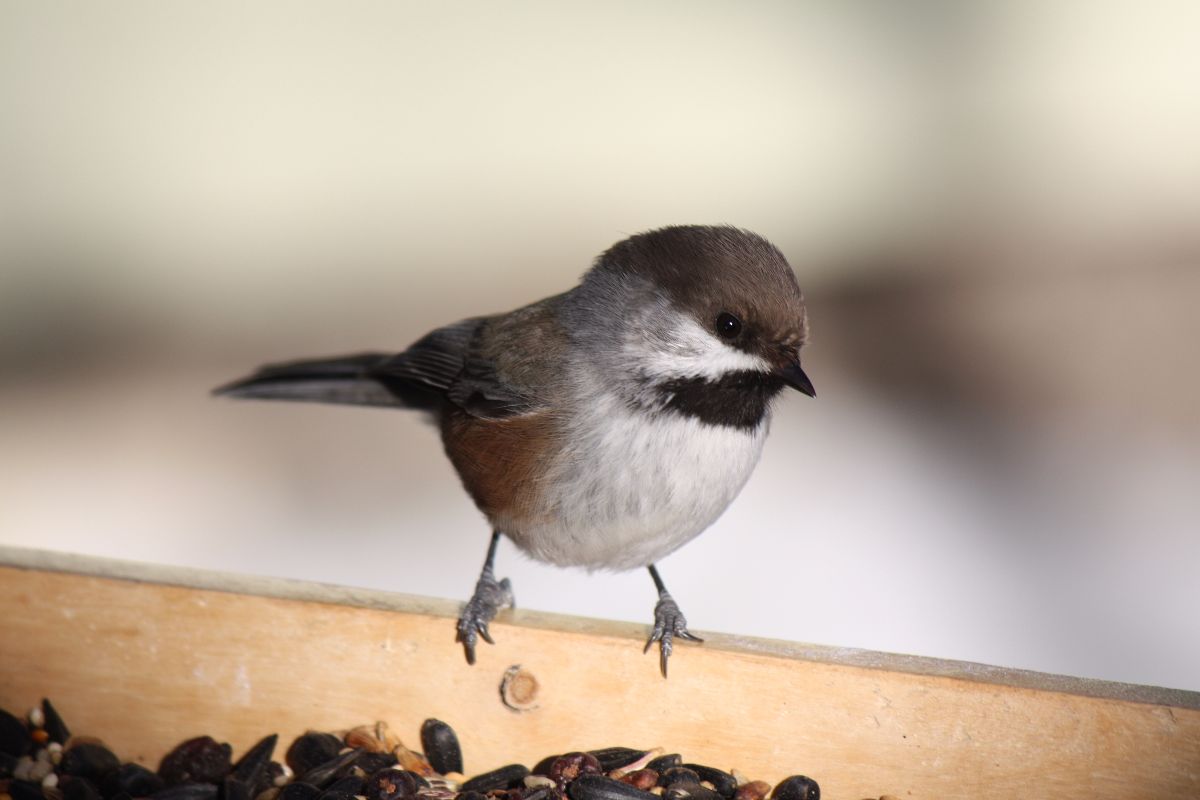
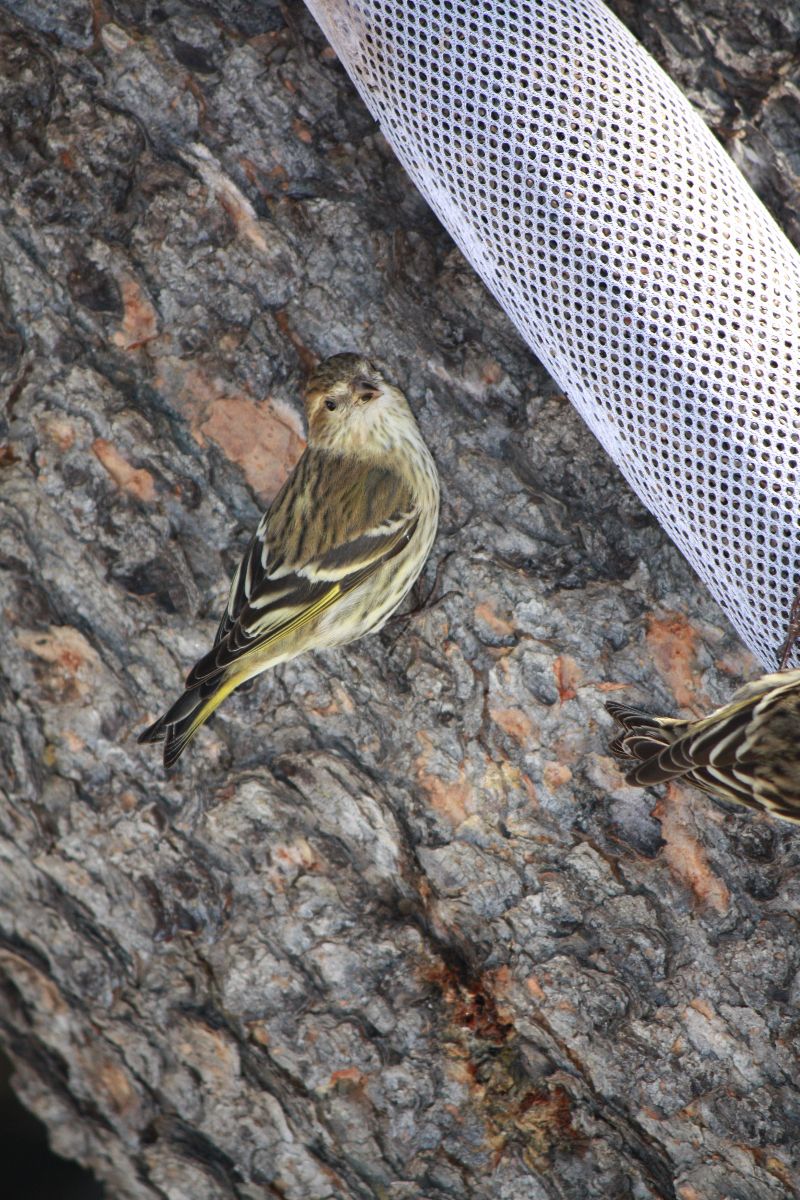


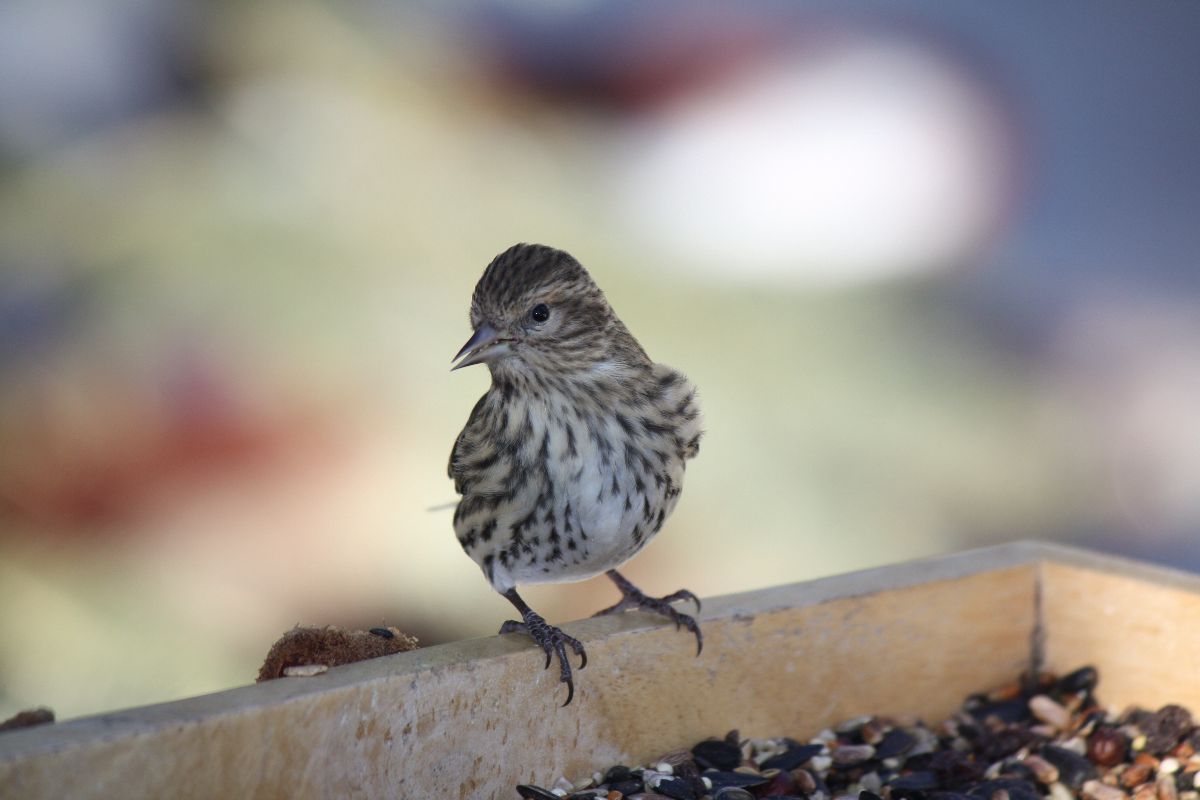
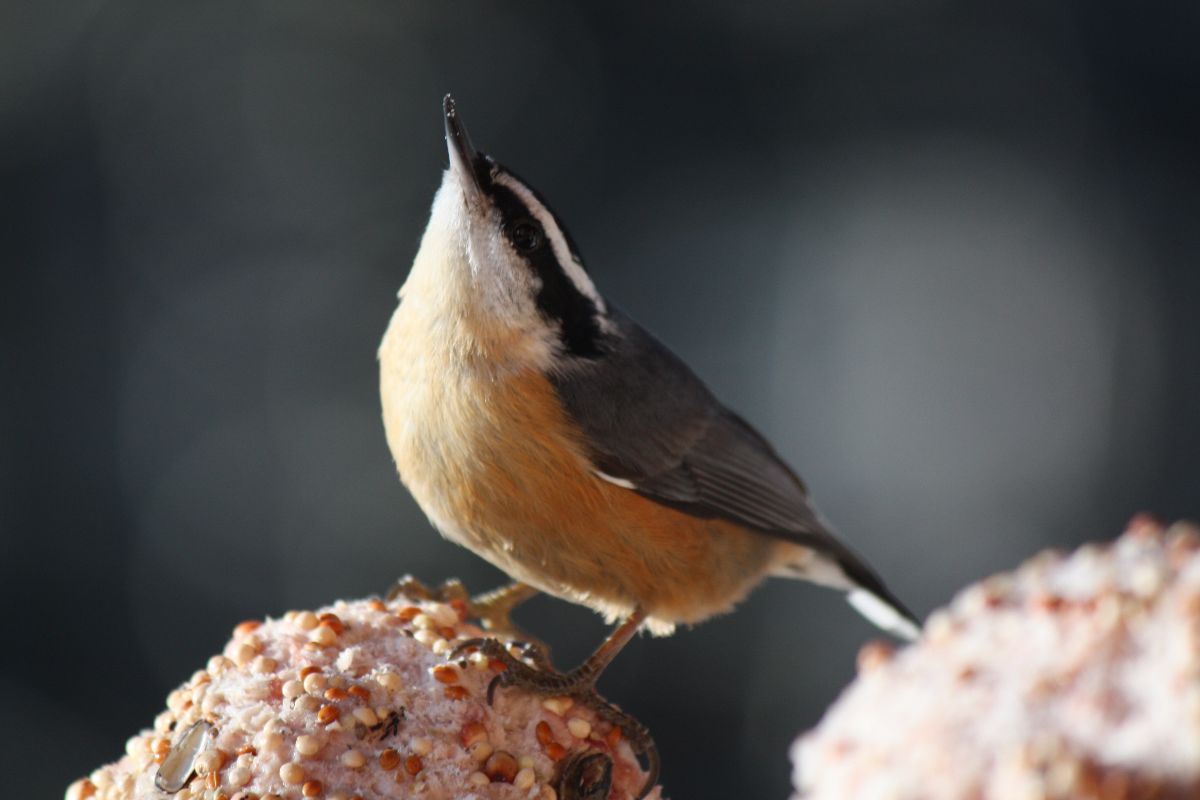
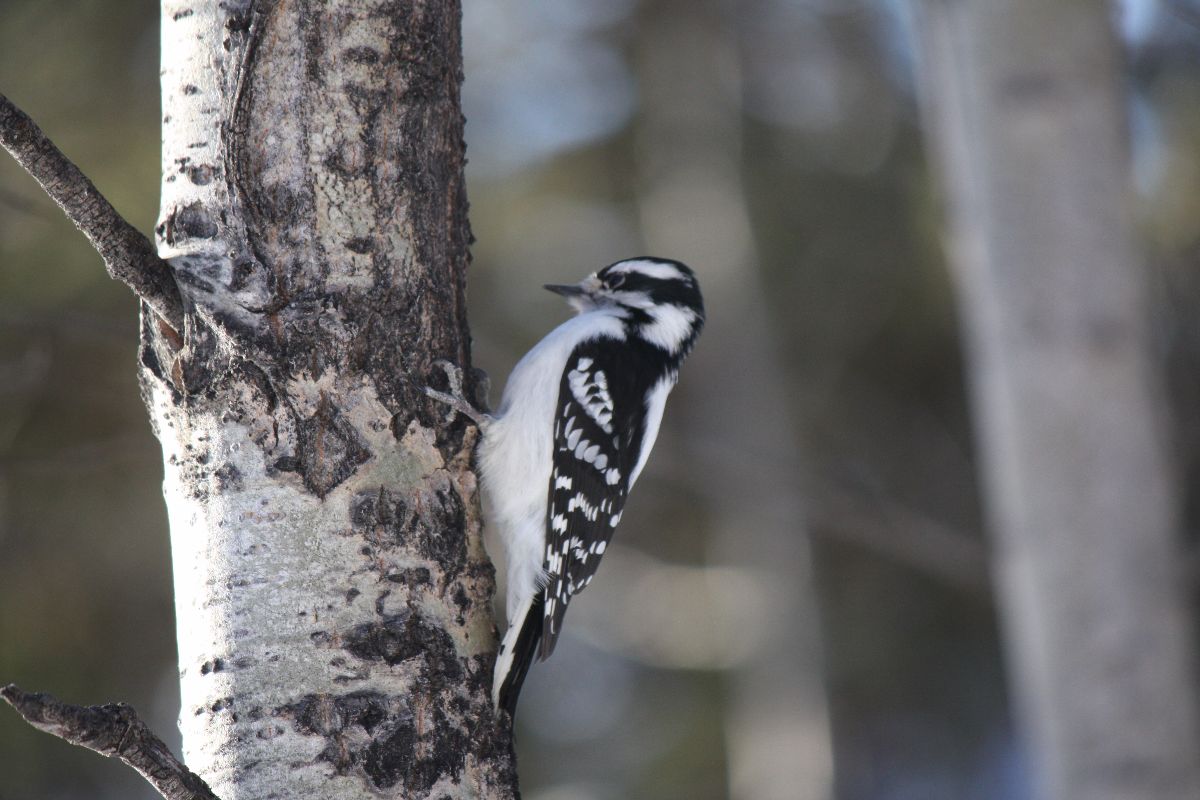
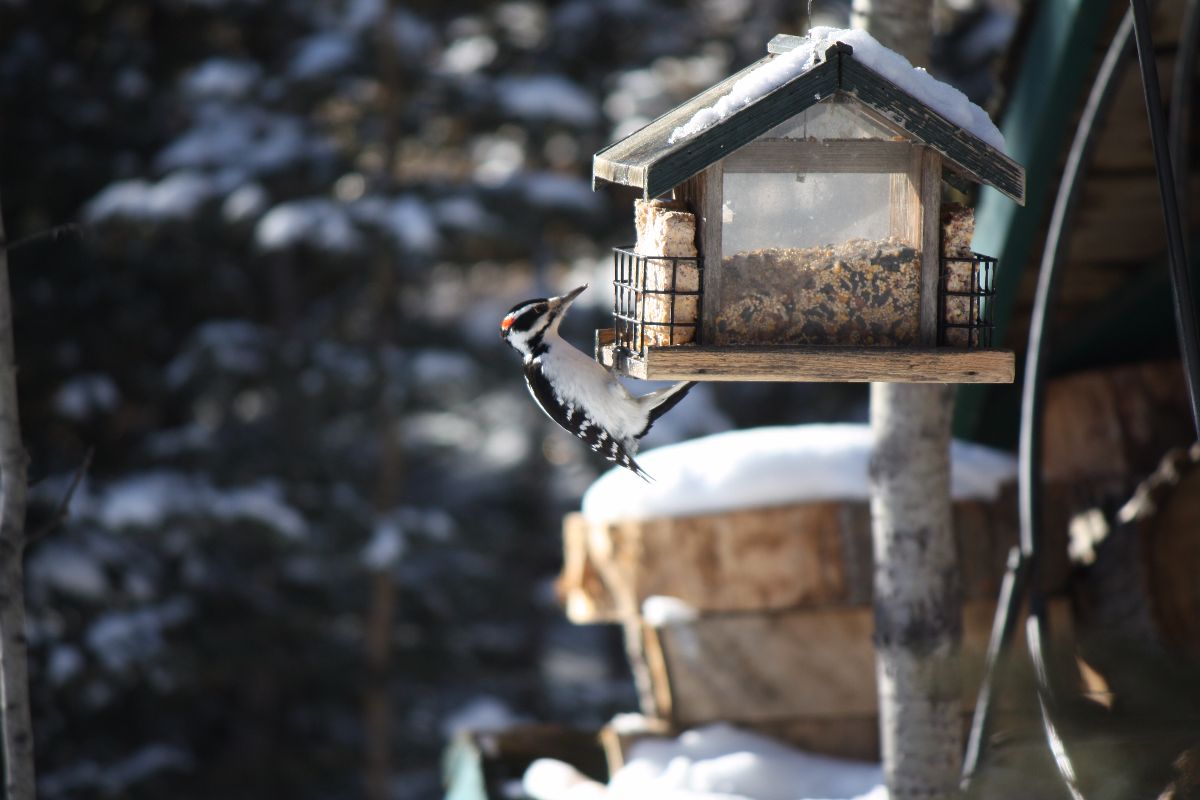










 Golden-crowned Kinglet in the setting sun.
Golden-crowned Kinglet in the setting sun.










